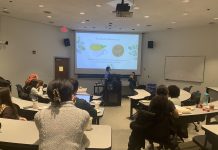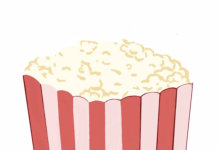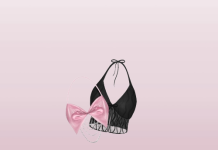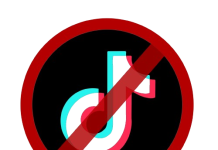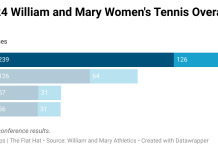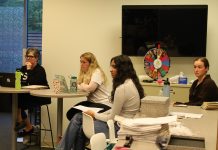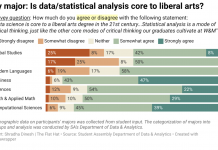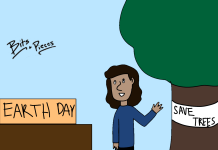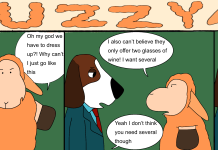Fewer students are quenching their thirst at the vending machines.
David Walker, the Pepsi Co. representative to the College of William and Mary, reported a 7 percent decrease in water bottle purchases from June to October this year. During those weeks, 48,893 water bottles were purchased, which is a little more than 368 water bottles per day. This is significantly lower than the number
of water bottles purchased just a year ago.
The College’s Associate Director of Auxiliary Services Wade Henley reported that approximately 394 water
bottles per day were purchased around the same time in 2010.
A number of reasons have been proposed for the decrease in water bottle purchases, but many students agree that increasing monetary and environmental concerns led to the reduced demand for bottled water.
“People have become aware that buying plastic water bottles is not good for the environment and that reusing bottles is a healthier option,” Elizabeth Ostick ’14 said. “It is better for the environment to buy a Camelbak and keep refilling it rather than throwing away, or even recycling, plastic bottles.”
Reusable water bottles aren’t the only alternative. Water containers with built-in filtration, designed by companies like Brita, are becoming a popular choice.
“I used to drink a lot of bottled water until I realized how much plastic that wasted. I still drink the same amount of water, but I decided to invest in a Brita filter and a steel water bottle as opposed to continuing wasting resources,” Meha Semwal ’14 said.
“The availability of fresh water all over campus such as water fountains contributes to the fact that there is no need to spend money on water,” Davey Chadwick ’15. “Also, a lot more people are carrying around plastic water bottles than ever before as more people are health conscious than they were 10 years ago. At the same time, these water bottles cut back on overall global waste that plastic bottles create.”
Rasik Winfield ’15 noted that bottled water does not always live up to its supposed benefits.
“The water that is in those Dasani bottles or Aquafina bottles and especially some off-brand bottles is not necessarily any healthier or more pure than what we get out of the tap,” he said. “I don’t really have high standards when it comes to the taste of water.”
A campaign against bottled water, called “I’d Tap That,” offered three samples of water to hundreds of students on the Sadler Center Terrace. The samples were Fiji water, tap water and generic bottled water. The students who tried all three samples were asked to identify the source that each sample of water came from.
Of the 150 students who drank the water, 29 guessed all three samples correctly and won T-shirts. The majority of students were not able to differentiate among the samples.
“Only 29 people guessed correctly, but everyone wanted a shirt, so we ended up giving away a bunch,” campaign creator Corbett Drummey ’12 said on his blog.
Although it doesn’t have a specific focus on water bottle reduction, the College’s Student Environmental Action Coalition works on similar projects for environment protection and sustainability.
“We can’t take credit for the decrease, but there’s an interest in the reducing aspect,” SEAC historian Eric Dale ’14 said. “Recycling is better than nothing, but it’s down-cycling because the recycled items become less pure.”
More and more, students are questioning whether buying water is comopletely necessary.
“If you are lucky enough to live in a place that has drinkable water from the tap, just drink it from the tap,” Matt Sniff ’15 said.





